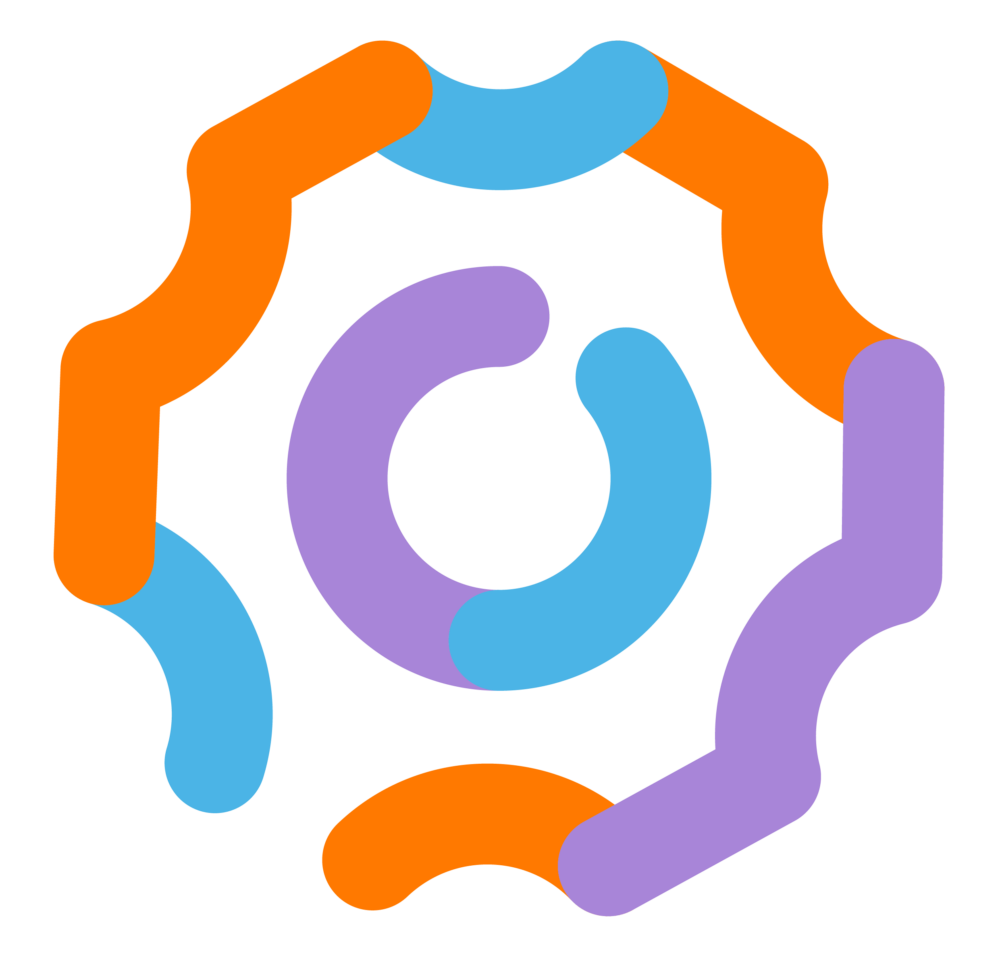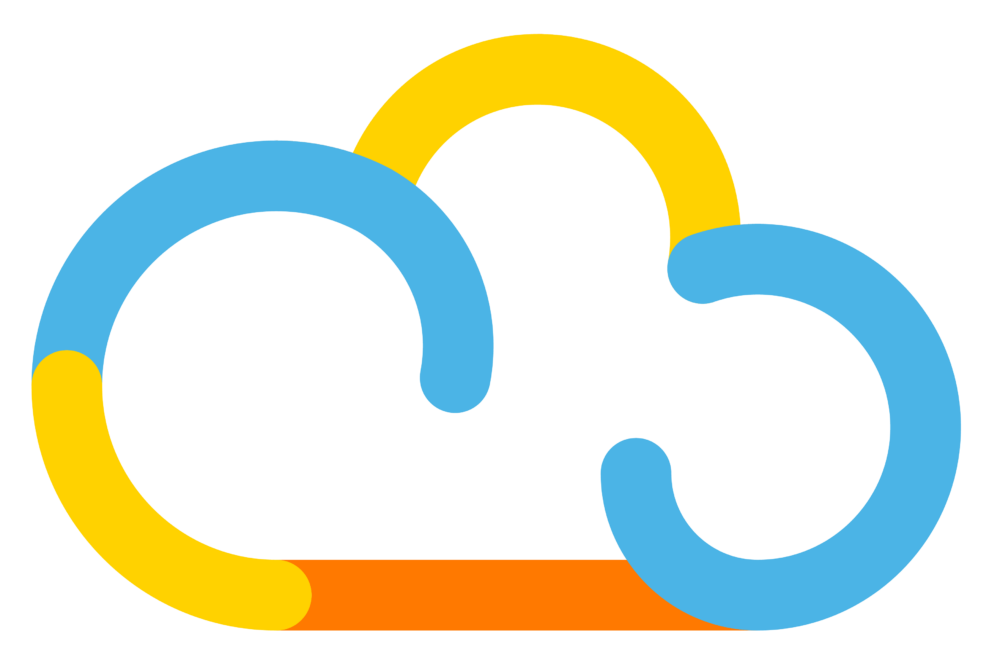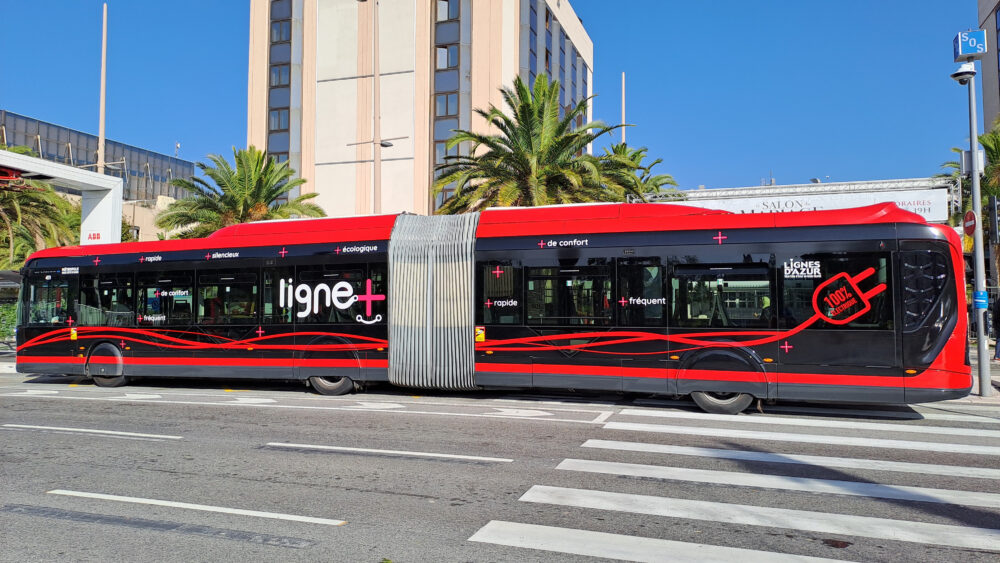The Nice metropolis has a long-standing partnership with Orange and is a pioneer in the adoption of digital innovations. Today, two use cases are being tested on its territory.
Published on : 10/04/2025

4mn reading
The Nice metropolis area has tested 5G

Sector of activity
- Case 1 : Transport
- Case 2 : Education

Needs of the Metropolis
- Case 1 : Transport
5G connection for new-generation buses and improved quality of service and passenger safety via video surveillance cameras.
- Case 2 : Education
Access to a 5G SA network to enable telepresence and interaction with the building’s IoT, and installation of a Mobile Private Network (MPN) for robot guidance and resource sharing.

Solutions
- Case 1 : Transport
Equipping buses with routers configured according to the needs of the transport company, and working with Orange 5G Lab to analyze data and select hardware.
- Case 2 : Education
Installation of a 5G SA network for simplified network access within the school, and creation of a hybrid MPN to compartmentalize the public and private network.

Benefits of 5G
- Case 1 : Transport
Better quality video streams for safety and the ability to handle real-time data to improve urban mobility.
- Case 2 : Education
Higher speeds and reduced latency compared to Wi-Fi and less dependence on the number of users connected on the private network, promoting a smooth user experience.
How can we convince local authorities that networks, and 5G in particular, can help them meet their challenges?
That’s the job of the Smart Territories program at Orange Innovation. Laurent Chivot and Sylvain Leroux advise and support local authorities in their connectivity strategies and projects, adopting a needs-based approach.
5G can be an answer, but we also use all the connectivity solutions offered by Orange,” explains Sylvain Leroux, Smart Territories Marketing & Innovation Director. 5G is an enabler, a formidable tool to support the growing demand for uses and the development of territories.
And when it comes to digital innovation, the Metropole de Nice is a pioneer.
It has a very advanced way of thinking, resources and a capacity for innovation that it has been practicing for many years,” observes Laurent Chivot, Innovation Project Manager.
The meeting just had to happen !
In Nice, 5G take the bus
At the Salon des Maires in November 2024, Régie Ligne Azur (RLA), the metropolitan transport authority, signed an experimental agreement with Orange.
The aim of this collaboration? Régie Ligne d’Azur had initially started developing this solution using the 4G network. The aim now is to connect the new-generation buses that equip the city’s public transport system to 5G, to improve transport service quality and passenger safety. These include, in particular, the video surveillance cameras fitted to the buses, which can be activated by the driver, whose images are transmitted to a control center. RLA’s constraints were taken into account, and the team chose the high service level buses on lines 8+ and 12+.
These buses have dedicated lanes and are not in the flow of traffic; they move more freely in the city and are therefore particularly interesting for understanding the contribution of the mobile network to urban mobility issues,” explains Laurent Chivot.
The two lines offer very different situations: one crosses the city from north to south, the other from east to west. The first meanders through neighborhoods with narrow streets, while the second runs along the Promenade des Anglais, a very open but densely populated area.

Orange 5G Lab, contributor and pillar of the 5G ecosystem
The first stage of the project was to equip the vehicles.
The Orange 5G Lab experts immediately put us in touch with the right players, particularly for the hardware, but also for the data analysis part with the software solution from LatenceTech,” explains Laurent Chivot. “He played his role as facilitator of the 5G ecosystem to the full, helping us to connect with the right partners and preparing the content of the agreement with us.
Today, Orange has configured the routers according to Régie Ligne Azur’s needs. The buses are now equipped and in service on the 2 lines concerned.
The next phase will be data analysis, which will enable us to show quantitatively and qualitatively the contribution of Orange’s 5G network to this use case. As a first step, employees of the transport authority will declare how they perceive the quality of video streams. These responses will be compared with objective data gathered by probes installed in the equipment. Then, over the course of the 2-year experiment, RLA will be presented with the latest developments in 5G SA, to help them prepare for the best possible use case.
Students prevented from attending classes will still be able to do so

For this second use case, this usage-centric approach is also the one that governs the « 5G Metro (opens in a new window) »project conducted with Université Côte d’Azur, via its innovation and partnership institute IMREDD (opens in a new window), and Awabot. The project is the result of a European call for projects to finance digital infrastructures in the fields of education and health.
Students are hospitalized for long periods or live at home, far from the university. The aim is to help them attend school as normally as possible, and to promote inclusion and social ties, thanks to telepresence robots from Awabot (opens in a new window)that move freely in remote environments, as if they were physically present. The project has 3 use cases:
- 1st use case : augmented telepresence. Students will be able to follow classes and take part in group activities.
- 2nd use case : mobile telepresence. Students will be able to move around the classroom and the building, continuing to nurture a sense of sociability within the establishment (3 floors and 4,500 m2 of building space). The aim is to be able to interact with the building’s IoTs, ideally even taking the elevator.
- 3rd use case : virtual reality. Using headsets, and taking advantage of Edge Computing capabilities, they will be able to access all the university’s resources as if they were actually there.
Discover what our partners have to say
Orange 5G Lab, partner in the creation of a hybrid MPN
One of the main difficulties lies in the design of the building, made of glass and concrete.
Right now, students and teachers have to leave the building to make a phone call ! underlines Sylvain Leroux
So, the first stage of the project will be to install a 5GSA network so that everyone in the building can simply access the network. Next, the teams will install a Mobile Private Network (MPN). This flow will be dedicated to sharing the university’s private resources, but above all to guiding the robot around the facility. This is a first in France, as the network will be compartmentalized between public and private networks on the same core and SIM card.
Thanks to Orange 5G Lab, the teams will be able to benefit from test environments to anticipate deployments within IMREDD. Orange 5G Lab will also support them in their technological decisions and choice of hardware and suppliers.
We are carrying out this project in a complex environment, which will enable us to learn a great deal. We’ll have to make a lot of technological choices, and this project will enable us to deploy this type of network in other establishments to promote new uses in education.
Why is 5G interesting in this situation compared to a wifi network? Because it offers better speeds and lower latency, but above all because it is less dependent on the number of people connecting to it on the private side.
In order to objectivize the results of this European project, a sociological study will be carried out in the final year of the project with students and teachers who will have been in contact with the robots. The aim is to demonstrate how 5G can meet needs and bring reliability, performance, security and resilience to territories.
Local authorities are still in a phase of acculturation and appropriation of 5G, and our role is to show them how this network will enable the development of new uses,” concludes Laurent Chivot

Subscribe to our Orange 5G Lab newsletter
